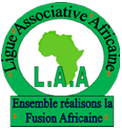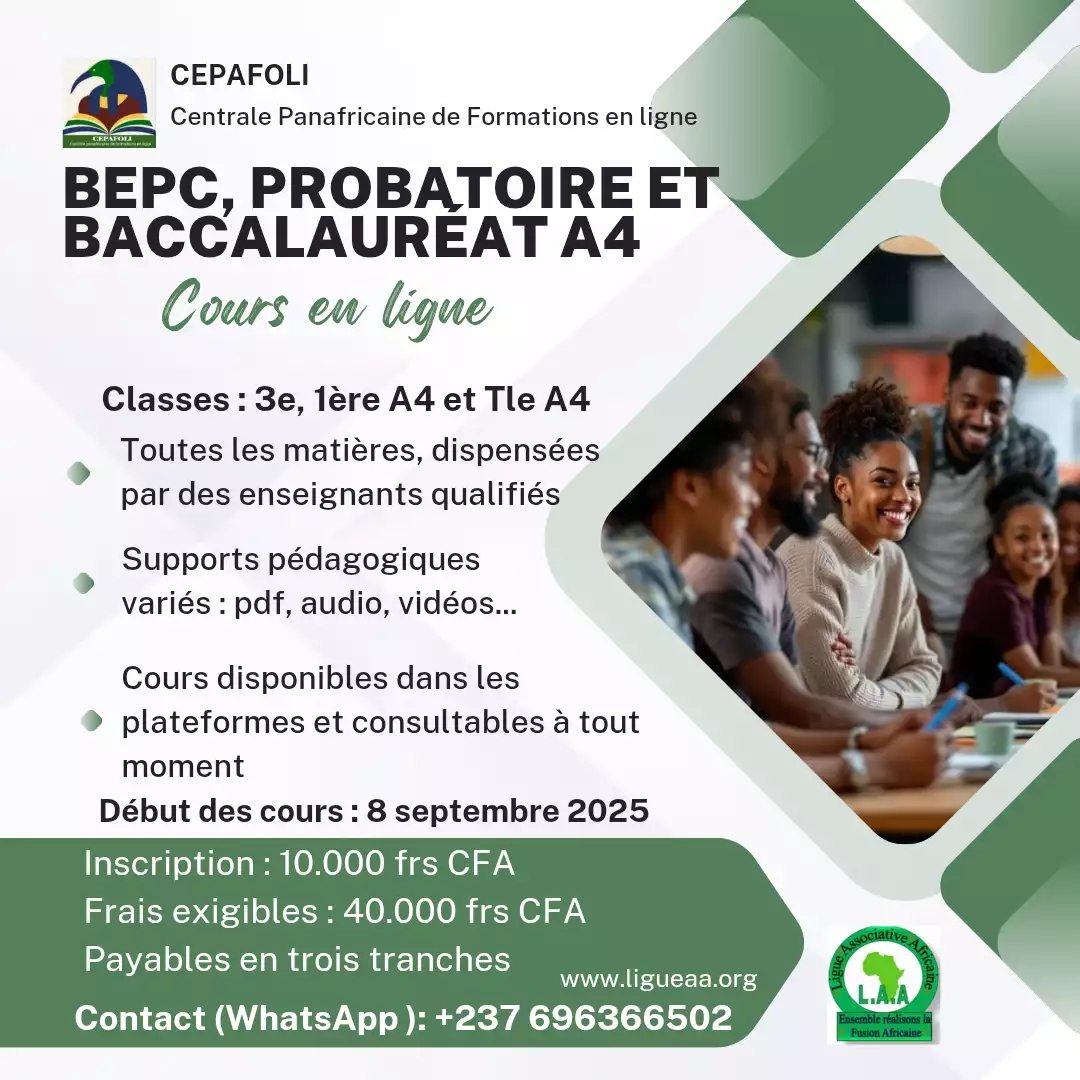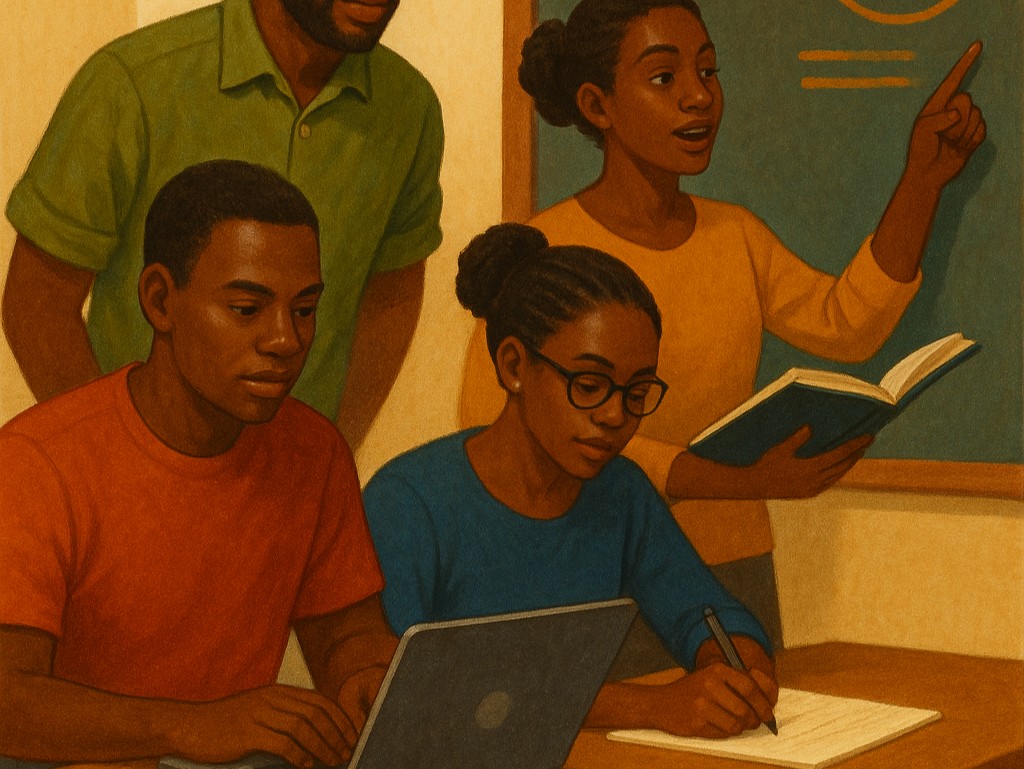The past continous tense
Le past continuous (ou past progressive) est un temps du passé en anglais qui décrit une action qui était en cours à un moment précis du passé. Il est particulièrement utile pour montrer qu'une action se déroulait au même moment qu'une autre action ou événement, ou qu’elle s’inscrivait dans un contexte temporaire.
I- Formation du Past Continuous
Le past continuous se forme avec l'auxiliaire to be conjugué au passé (was/were) suivi du verbe principal avec la terminaison -ing.
Structure :
Sujet + was/were + Verbe + -ing
Exemples :
I was reading (J'étais en train de lire).
They were playing (Ils jouaient).
She was writing (Elle écrivait).
II- Utilisations du Past Continuous
1- Actions en cours à un moment spécifique dans le passé
Le past continuous est utilisé pour décrire des actions qui étaient en train de se produire à un moment précis du passé. L’accent est mis sur la durée de l'action, qui n’était pas encore terminée.
Exemple :
At 8 p.m. last night, I was studying (À 20 h hier soir, j'étais en train d'étudier).
2- Actions interrompues par une autre action dans le passé
Quand une action plus longue en cours est interrompue par une action plus courte, on utilise le past continuous pour l'action en cours et le past simple pour l'action qui interrompt.
Exemple :
She was cooking when the phone rang (Elle cuisinait quand le téléphone a sonné).
3- Deux actions simultanées dans le passé
Le past continuous peut aussi décrire deux actions en cours en même temps dans le passé.
Exemple :
I was reading while he was watching TV (Je lisais pendant qu'il regardait la télévision).
4- Décrire le contexte ou la scène d'un récit
Le past continuous est souvent utilisé au début d'une histoire pour décrire l'arrière-plan ou la scène, ce qui permet de situer l'action.
Exemple :
It was raining and people were running to find shelter (Il pleuvait et les gens couraient pour trouver un abri).
5- Actions répétées ou habituelles avec un aspect temporaire
Dans certains cas, le past continuous est employé pour des actions répétées dans un contexte temporaire, souvent avec des adverbes comme always ou constantly, indiquant parfois de l'agacement ou de la frustration.
Exemple :
He was always complaining about the weather (Il se plaignait toujours du temps).
III- Mots indicateurs du Past Continuous
Les indicateurs suivants montrent qu’une action se déroule à un moment précis du passé et signalent souvent l’utilisation du past continuous :
While (pendant que) : I was working while he was sleeping.
When (quand) pour une action qui interrompt une autre : I was reading when the doorbell rang.
At [moment précis dans le passé] : At midnight, they were still dancing.
IV- Différences avec le Past Simple
Le past simple décrit des actions achevées dans le passé, tandis que le past continuous insiste sur la durée et le déroulement d’une action à un moment donné du passé.
Exemples :
Past simple : He read a book (Il a lu un livre) – action achevée.
Past continuous : He was reading a book (Il était en train de lire un livre) – action en cours.
V- Exemples et Exercices d’Application
1- Exercice : Complétez les phrases avec le verbe entre parenthèses au past continuous.
She ____ (to write) a letter when I arrived.
They ____ (to play) soccer while we were watching.
At 5 p.m., he ____ (to drive) to his friend’s house.
Réponses
She was writing a letter when I arrived.
They were playing soccer while we were watching.
At 5 p.m., he was driving to his friend’s house.
Pour résumer, le past continuous est utilisé pour exprimer des actions en cours dans le passé, souvent accompagnées de mots tels que while, when, ou des moments précis. Ce temps est utile pour décrire une scène, exprimer des interruptions, ou illustrer des actions simultanées.
Avez-vous bien lu le cours ? Traitez les exercices suivants
1- Cheikh Anta Diop ____ (to argue) that ancient Egypt was connected to African cultures when he was challenged by other scholars.
2- While they ____ (to study) African history, they discovered new perspectives on pre-colonial societies.
3- While Senghor ____ (to promote) Negritude, he was emphasizing the value of African culture.
4- The students ____ (to discuss) the ideas of Marcien Towa when the teacher asked a question.
5- During the colonial period, African leaders ____ (to advocate) for independence and self-determination.
6- Kwame Nkrumah ____ (to write) about pan-Africanism while inspiring other leaders in Africa.
7- While we ____ (to analyze) Njoh Mouelle’s philosophy, we found a unique perspective on human existence.
8- The researchers ____ (to explore) the influence of oral tradition on African philosophy when they came across interesting data.
9- When the meeting started, the philosopher ____ (to present) his ideas on community values.
10- They ____ (to study) the impact of colonialism on African identity while visiting historical sites.
11- During the lecture, Senghor ____ (to explain) the concept of African humanism.
12- While scholars ____ (to investigate) African traditional religions, they discovered deep-rooted beliefs.
13- The historians ____ (to examine) the legacy of African empires when they made a surprising discovery.
14- While he ____ (to describe) the impact of slavery on African societies, the audience was silent.
15- As they ____ (to listen) to a discussion on African philosophy, they were taking detailed notes.
16- While African intellectuals ____ (to debate) cultural identity, they were also thinking about global influence.
17- When the class began, the professor ____ (to talk) about the importance of African literature.
18- While she ____ (to read) Frantz Fanon’s work, she noticed his arguments on decolonization.
19- They ____ (to reflect) on the contributions of African philosophers when they realized the depth of their work.
20- While the team ____ (to prepare) for the conference on African studies, they were rehearsing their presentations.
Réponses aux questions
1- was arguing
2- were studying
3- was promoting
4- were discussing
5- were advocating
6- was writing
7- were analyzing
8- were exploring
9- was presenting
10- were studying
11- was explaining
12- were investigating
13- were examining
14- was describing
15- were listening
16- were debating
17- was talking
18- was reading
19- were reflecting
20- was preparing




